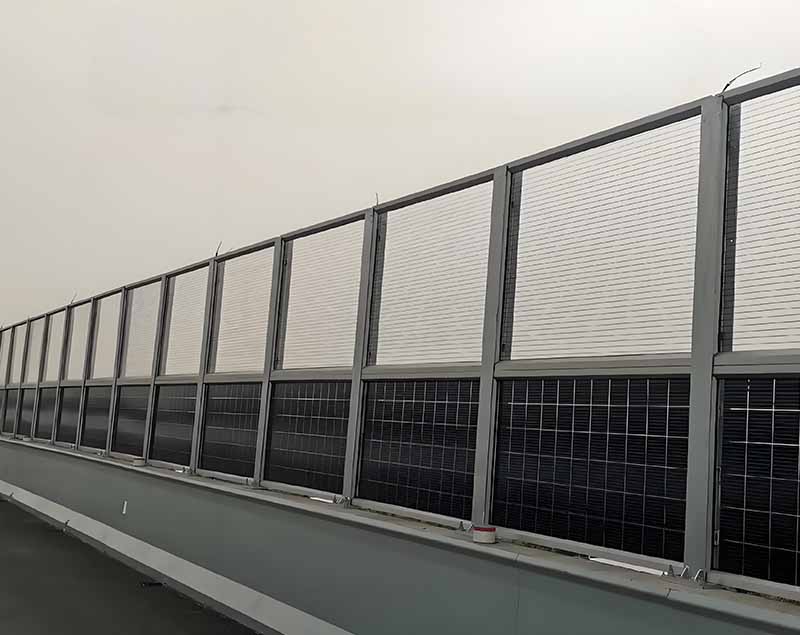(1) When removing a circuit board from the entire CNC machine, it's essential to document its exact position and the corresponding cable numbers. Before removing the board, make sure to note and remove all crimping parts and screws. Keep them in a designated container to prevent loss. After reassembly, ensure that all components from the box are used; otherwise, the installation may be incomplete. (2) Always place the soldering iron in front of your hand, keeping it away from the circuit board being worked on. Trim the soldering tip appropriately to suit the size of the integrated circuit and avoid damaging other components during the soldering process. (3) Before measuring resistance between lines, always turn off the power. To ensure accuracy, swap the red and black test leads twice and take the average as the reference value. (4) Most circuit boards have a solder mask. During testing, locate the solder joints as test points without removing the solder film. Some boards may have an insulating layer—only use a blade to carefully scrape the solder joint area if necessary. (5) Never cut printed circuits arbitrarily. Although some technicians are used to checking for disconnections, most CNC circuit boards feature double-sided or multi-layered designs with fine and dense traces. Cutting can damage adjacent lines and make repairs difficult. If you need to cut a line, do so carefully and consider cutting multiple lines at once if needed. (6) Avoid replacing components without confirming the fault. Replacing parts without proper diagnosis increases the risk of false positives and can cause further damage to the board. (7) When removing components, use soldering iron and desoldering pump instead of force. Do not heat the same pad repeatedly for extended periods, as this can damage the pad and affect the board’s integrity. (8) When installing new devices, handle the pins properly and avoid using acidic solder, which can corrode the connections over time. (9) Document all switches and jumper positions before making changes. When comparing multiple boards or swapping components, mark each one clearly to avoid confusion. This helps prevent issues where a good board might not function correctly after mislabeling. (10) Check the power supply configuration and type of the circuit board. Depending on the inspection needs, provide power separately if necessary. Be cautious of high voltage, as some boards are directly connected to high voltage sources or include high-voltage generators. Use proper insulation and take extra care when working with these components.

Photovoltaic sound barrier,Solar-powered sound barrier,Photovoltaic noise barrier,Solar noise barrier
Hebei Shuobiao New Energy Technology Co., Ltd. , https://www.pvbracketsystem.com